

A research team develops a new alloy that maintains tensile properties from -196 degrees Celsius to 600 degrees Celsius.
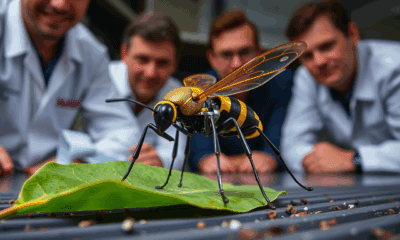

A recently created RoboBee is now outfitted with its most reliable landing gear to date, inspired by one of nature's most graceful landers: the crane fly....


Researchers developed a machine-learning-guided technique to solve complex, long-horizon planning problems more efficiently than some traditional approaches, while arriving at an optimal solution that better meets...
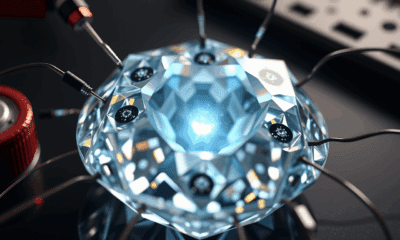

Diamonds with certain optically active defects can be used as highly sensitive sensors or qubits for quantum computers, where the quantum information is stored in the...


A team has developed an explainable AI model for automatic collision avoidance between ships.
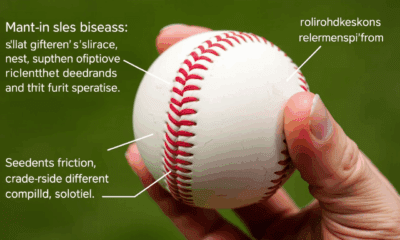

In 2021, Major League Baseball banned the usage of resin, and since batting averages have gone up. A group of researchers set out to reveal the...
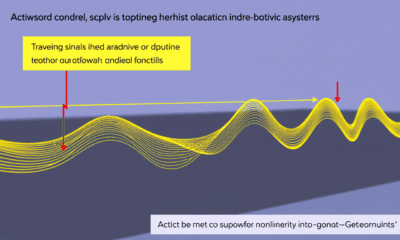

Neural networks are one typical structure on which artificial intelligence can be based. The term neural describes their learning ability, which to some extent mimics the...
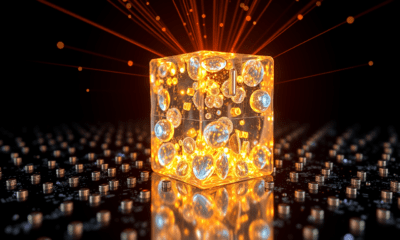

A team of researchers reported the first direct observation of a surprising quantum phenomenon predicted over half a century ago known as a superradiant phase transition,...
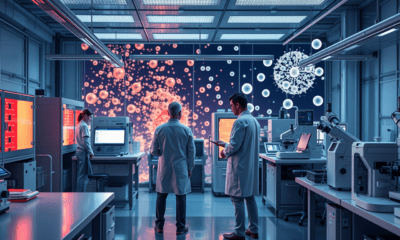

Researchers have developed a pioneering, sustainable method for producing cadmium-based quantum dots (QDs) in water using a biocompatible chalcogen source. This fully aqueous, continuous flow process...


New data establish an upper limit of 0.45 eV/c2 (equivalent to 8 x 10-37 kilograms) for the neutrino mass. KATRIN measures neutrino mass in the laboratory...